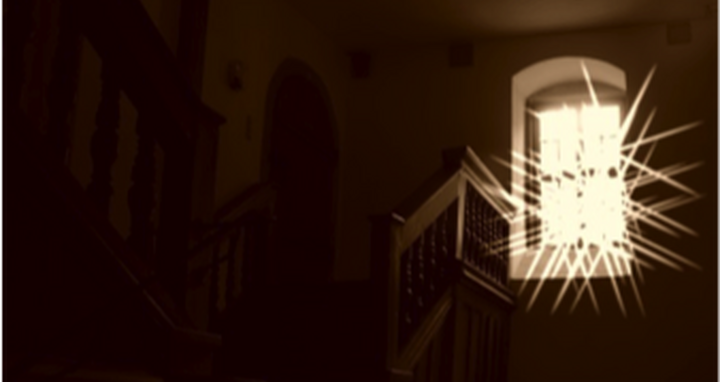How Max Delbrück made the “quantum leap” from light to molecular biology
Thoughts on the 'International Year of Light 2015'
As the days draw in, we “let there be light” by switching on lamps or lighting candles in our homes – usually without giving it a second thought. Physics understands light from a more prosaic point of view: as a high-frequency electromagnetic wave. Strictly speaking, what we call “light” is only the part of the electromagnetic spectrum that is visible to the human eye. The year 2015 played a particularly important role with regard to this topic, as it was proclaimed the International year of Light (IYL) by the United Nations, with the accompanying motto “Light for Change.” UNESCO coordinated IYL 2015 with various partners in science. The aim was to remind us all of the importance of light as a necessary element of life for humans, animals and plants, and therefore as a central component of science and culture.
So what does this have to do with Max Delbrück? It was actually Delbrück’s encounter with the quantum nature of light that shaped his later, outstanding work. So this is an appropriate opportunity to “shine a light on” on the history of Delbrück’s professional development. Our institute’s namesake studied at the University of Göttingen – first astronomy and then theoretical physics. From 1929 to 1932, Delbrück carried out research at Bristol University and, on a Rockefeller Foundation fellowship, in Copenhagen with Niels Bohr and in Zurich with Wolfgang Pauli. On August 15, 1932, Delbrück attended a lecture by Bohr entitled “Light and Life,” an interpretation of quantum theory that focused on Bohr’s complementarity principle. Bohr saw this as a universal epistemological principle whose scope of application reached far beyond the sphere of physics – and he found references to it within biology, psychology and anthropology. However, complementarity is more than wave-particle duality or the impossibility of being able to measure position and momentum simultaneously, as many interpretations at the time understood it.[1] Delbrück also found the phenomenon of applying complementarity to biological systems extremely fascinating, and it was then that he began to turn his attention to matters of (molecular) biology.
This idea inspired Delbrück and shaped his scientific career from that moment on.[2] One of the topics that he went on to dedicate his attention to was the effect of environmental changes on, for example, fungi.[3] But the search for complementarity in biology had a different fate. As Max Delbrück himself stated: “It might be said that [the] discovery of the DNA double helix [...] did for biology what many physicists hoped in vain could be done for atomic physics: it solved all the mysteries in terms of classical models.” [4]
And so we return from the past to the present and see that the International Year of Light in 2015 is not “light years away” from the molecular biology research being conducted daily at MDC.
Bibliography/Sources
- Bohr, Niels: “Diskussion mit Einstein. Über erkenntnistheoretische Probleme in der Atomphysik”, Albert Einstein als Philosoph und Naturforscher, P. A. Schilpp edition, Stuttgart 1955
- Fischer, E. P.: Das Atom der Biologen. Max Delbrück und der Ursprung der Molekulargenetik, Munich 1988
- Röhrle, Erich A.: Komplementarität und Erkenntnis: von der Physik zur Philosophie, Münster 2001
[1] Bohr 1955
[2] Fischer 1988, p. 70
[3] Particularly the genus Phycomyces of the Mucoraceae family, a saprophytic fungus with distinctive sporangiophore that can reach up to 20 cm in length; original German source: Spektrum.de
[4] Fischer 1988, pp. 72-73.
Author’s note: The “classic models” mentioned here are to be understood as another name for “Newtonian physics”





